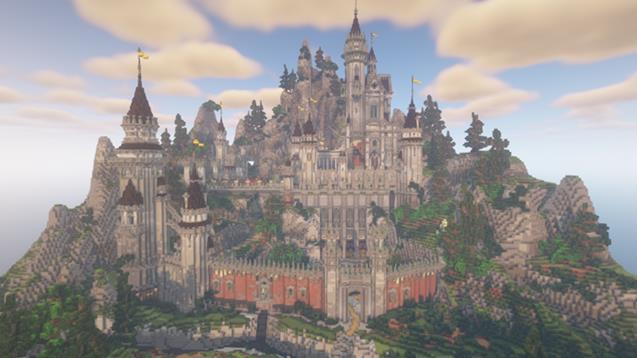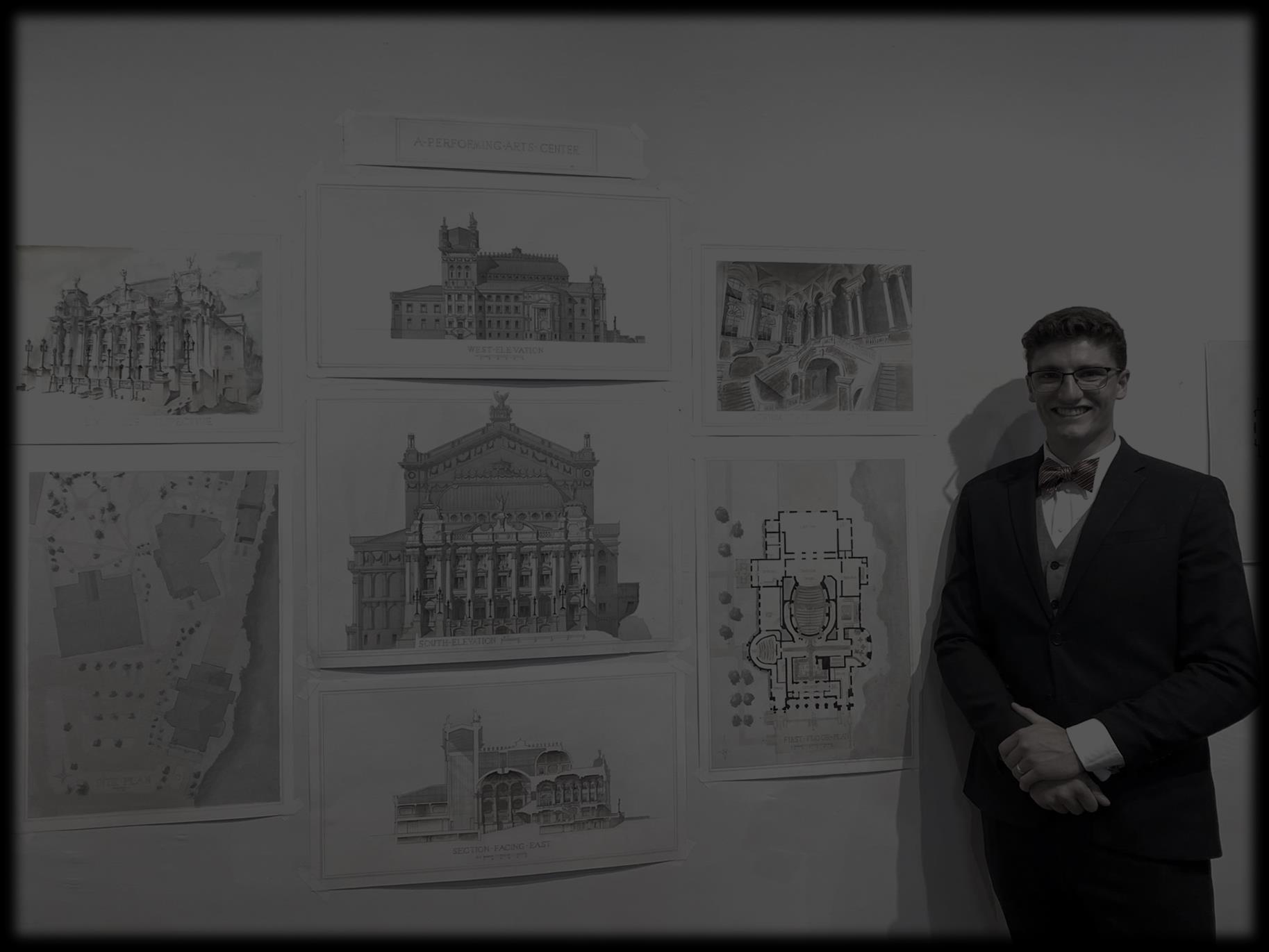








































Our capstone project was by far the most ambitious program that my class has ever been faced with. This program presented us with a two-fold task: we were to design a building that functioned as the headquarters for both the music and theater academic departments of Benedictine College, as well as being a venue to host public performances put on by the college.
Preliminary Floor Plans.Although only one plan was shown in the presentation, we needed at least three plans well thought-out and designed.



Since the building needed to be both an academic building and a public venue, it was required to house enough classrooms and faculty office for two separate departments, around twenty practice rooms for the music department, a massive scene shop, dressing and makeup rooms for the theater department, prop storage, a box office, a kitchen for concessions and catering, a band room, ablackbox theater, and two separate auditoriums, one for large performances and one for smaller recitals (and this list is non-exhaustive). I chose a site on the southernmost tip of campus overlooking the Missouri River valley,with a beautiful view for miles that people can enjoy between performances.



Above: Preliminary elevations and sections. While only two elevations and sections were required for the final presentation, we were required to have two sections designed. With these drawings, I quickly realized I needed to simplify the massing of my elevations and remove a floor. Graphite and micron.

The arts are supposed to uplift the mind and inspire the spirit, and I believed that it would be unfitting for my building not to do the same.As far as exterior goes, I took a lot of inspiration from the Palais Garnier, the Royal Opera House in Valletta, Malta (no longer standing) and Viollet le Duc’s submission for the Paris Opera House design competition, while also looking back to the ancients with precedents such as the Theater of Pompey. Thegrand staircase quotes Bartolomeo Rastrelli’s beautiful stair hall in the Winter Palace, and the main auditorium takes inspiration from a multitude of Baroque sources.


More refined elevation sketches. While, again, only two elevations are included in the presentation, we were required to have at least three designed. Graphite and micron pen.

 South Elevation. This is the public front people will see on their approach to the building. Watercolor and Ink Wash.
South Elevation. This is the public front people will see on their approach to the building. Watercolor and Ink Wash.
The final presentation consisted of two elevations, a section, an interior and exterior perspective, a groundfloor plan, and a site plan. We were allowed to render in any way we chose, and coming off a monochrome ink wash project, I was tempted to render everything for this project monochrome as well. However, as my capstone project, I eventually decided to attempt to showcase everything I had learned in my four years at Benedictine, ranging from formal wash renderings for the elevations, plans, and section to more evocative watercolors for the perspectives.
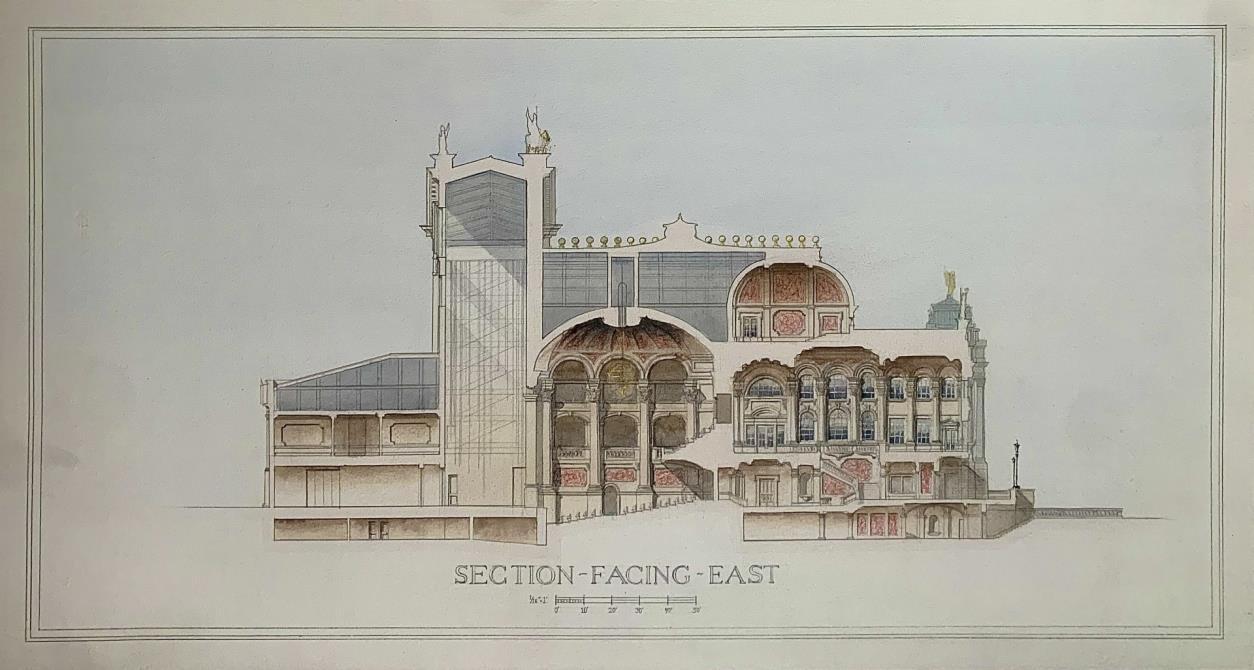
 Top: West Elevation as seen from parking lot. Bottom: Section Facing East. Watercolor and Ink Wash.
Top: West Elevation as seen from parking lot. Bottom: Section Facing East. Watercolor and Ink Wash.
Above: Interior perspective of the stair hall. I wanted to treat this project as a design competition, so I chose the stair hall rather than the main auditorium for my interior perspective because I wanted to leave critics wanting more. Watercolor.

Right: First Floor Plan. Since we were only to present one plan, I decided to show the viewer a bit of the second floor in the stair hall and auditorium. Watercolor and Ink Wash.

Above: Exterior Perspective of the South Facade. Watercolor.

Right: Site Plan. This shows the building in relation to the other buildings on campus. This building is on the south-east corner of campus, and has a great view of the Missouri River Valley. In addition, it will also be one of the first buildings you see when crossing the river on your approach to campus. Watercolor and Ink Wash.





For this project, we were tasked with designing a house for the family of Charles Carroll, Catholic signer of the Declaration of Independence. This project was our first residential design. The site of the house is the site of the current Charlcote House in Baltimore, Maryland. It was to be a monumental home and needed to include a chapel and a shrine to the signer.
I went through a lot of iterations in my design process, initially taking inspiration from French Chateau architecture and the Mansarts, as this type of architecture is abundant in Washington, DC, which is in close proximity to the site. I also took inspiration from the Calhoun House by Philip T. Shutze for my garden elevation and employed Shutze’s habit of making two facades that are entirely different from one another, the public façade feeling more imperial and formal and the garden façade being more playful and informal. This drawing block was to include all the same drawings as our precedent house with the addition of a room elevation.
Above: Initial Design Esquisse. My original idea had some more Gothic influences, running with the idea of a French Chateau. Micron pen.

Below: More refined esquisse after removing the Gothic elements.At this point, the design was pretty rudimentary, but all of the main movements were there minus the roof cornice. Micron pen.

Above: Finished North Elevation. This elevation faced the road to the North, making it the more public elevation. Because of this, I designed it in a more formal, imperial, and canonical language.

Above: Finished South Elevation. This elevation was heavily inspired by Shutze’s Calhoun House. It faces the garden and is therefore more private, so it was designed to be more informal and vernacularized than the North façade.


 Above Left: Detail Elevation, with partial section and plan construction details.
Above Right: Site Plan with gardens and crushed granite paths.
Above Left: Detail Elevation, with partial section and plan construction details.
Above Right: Site Plan with gardens and crushed granite paths.


 Above Left: Second Floor Plan
Bottom Left: First Floor Plan
Above Right: Interior Plan and Elevations of the Dining Room
Above Left: Second Floor Plan
Bottom Left: First Floor Plan
Above Right: Interior Plan and Elevations of the Dining Room


Spring 2022 Studio 4, Watercolor and Graphite
Our Lady of Refuge Catholic Retreat Center, full block of drawings. Watercolor wash and graphite.

For this project, we were tasked with creating a Catholic retreat center in eastern Kansas. I thought that working in a rustic Spanish Mission language would be fitting, both because it would pay homage to some of the early Catholic missionaries of the New World and because it is so versatile, allowing for a range in design from highly vernacular mission style to high Spanish Baroque.
I knew that I wanted to follow a monastic layout. There is an initial courtyard with colonnades that lead you to the atrium, which leads to the refectory to the South, the library to the North, and chapel to the East. Surrounding the chapel are a pair of cloisters lined with cells, and in the very east is a colonnaded walkway. This design is supposed to leave one with a serene, peaceful feeling to allow one to be able to hear God’s Voice. We were required to produce two elevations, a plan, a site plan, a detail, and three sections for this project.


Above: Design esquisses in increasing levels of refinement. Micron pen.



 Top Left: More esquisses. Micron.
Bottom Left: Half-scale rendering study of the front elevation. Watercolor wash and graphite rendering.
Above Right: Finished detail of front entryway. Watercolor wash and graphite rendering.
Top Left: More esquisses. Micron.
Bottom Left: Half-scale rendering study of the front elevation. Watercolor wash and graphite rendering.
Above Right: Finished detail of front entryway. Watercolor wash and graphite rendering.
Above: Front elevation, published in The Classicist No. 19. Watercolor wash and graphite rendering.



 Campus World War I Memorial, full block of drawings. Graphite.
Campus World War I Memorial, full block of drawings. Graphite.
This was another two-part project. In the first part, we were tasked with creating an analytique of the Liberty Memorial World War I Museum in downtown Kansas City. This analytique was to be our first graphite rendering, and we first produced a half-scale version of what our final would be, both in design and rendering.

For the final, we were tasked with designing a WWI monument of our own for Benedictine College’s campus. The monument is located at the Northwest end of the main academic quad of the college and is at an irregular conjunction of three paths. I decided to use the circular tholos type, both because it represents eternity and because practically, it can be approached from any side.

The circular altar and the tripods on top of the veiled pylons are both representations of the sacrifice made by those who served. The wreaths in the metopes and on top of the altar represents victory while the shield represents the soldiers themselves. The pylons bear the names of those who served while the veils on the pylons represent the mourning of those who were left behind. On the back, there is a staircase down the hill leading to a niche with an urn, representing loss. The seven columns represent the seven Sacraments that would have nourished the students while they were at Saint Benedict’s College. This all combines to make a powerful, yet gracefully simple, monument to those who made the ultimate sacrifice in the First World War.
 Top: Full predraft set.
Top: Full predraft set.


 Left: Back elevation. Graphite.
Above: Detail of veiled pylon and tripod. Graphite.
Below: Section facing North. Graphite.
Left: Back elevation. Graphite.
Above: Detail of veiled pylon and tripod. Graphite.
Below: Section facing North. Graphite.
Above: World War I Memorial Analytique. Graphite.


In this project, we were prompted to design a mausoleum with an East-facing chapel inside of an outdoor room approached from the South. It needed to contain 40 full-body crypts for the family of the client. Since this is the place for a somber liturgy, there needed to be a processional pathway turning the corner into the mausoleum.

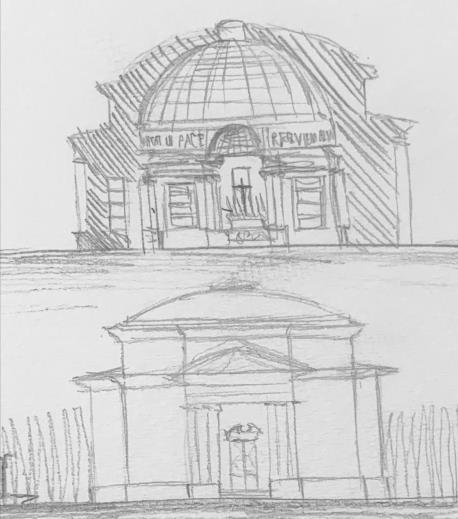
 Left: Finished project. Watercolor and Ink Wash.
Right: Design Sketches. Graphite.
Left: Finished project. Watercolor and Ink Wash.
Right: Design Sketches. Graphite.
In this project, we were tasked with transforming an existing classroom into an Adoration Chapel, designing an entryway into the chapel, and designing a courtyard and staircase leading to the chapel entrance. I decided to design the exterior in a vernacularized Doric mode, matching the Romanesque church to the south. For the interior, I designed in the Corinthian mode, which I believed was fitting for a chapel dedicated to adoring Our Lord.

Above: Final exterior plate with site plan, two elevations, perspective, and detail.

Left: Initial design sketch. Pencil.

Above: Final interior plate with perspective, section, plan, two elevations, and a monstrance detail.

Left: Initial design sketch. Pencil.

In this project, we were tasked with designing a pair of pavilions with a loggia to cap the open west end of the academic quad at Benedictine College. One pavilion was designed to be circular to represent faith, while the other was octagonal to represent reason, showing their unity. On top of the faith pavilion are the four evangelists, while on the reason pavilion, we have four ancient philosophers.

Above: Finished plate with plan, elevation, site, and two sections.
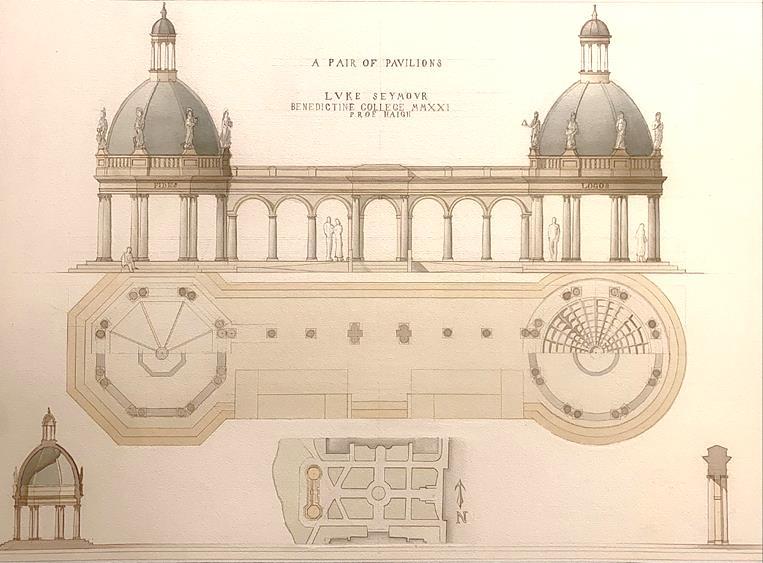
Left: Initial design esquisse.





 Left: Predraft. Center: Elevation, published in The Classicist No. 18. Right: Full plate.
Left: Predraft. Center: Elevation, published in The Classicist No. 18. Right: Full plate.



 Left: Elevation and Plan. Right side of elevation shows full structure, left side shows altarpiece.
Right: Section and detail.
Left: Elevation and Plan. Right side of elevation shows full structure, left side shows altarpiece.
Right: Section and detail.








 Left: Ballroom. Watercolor. Right: Mausoleum Window Grille. Black and White Charcoal.
Left: Ballroom. Watercolor. Right: Mausoleum Window Grille. Black and White Charcoal.





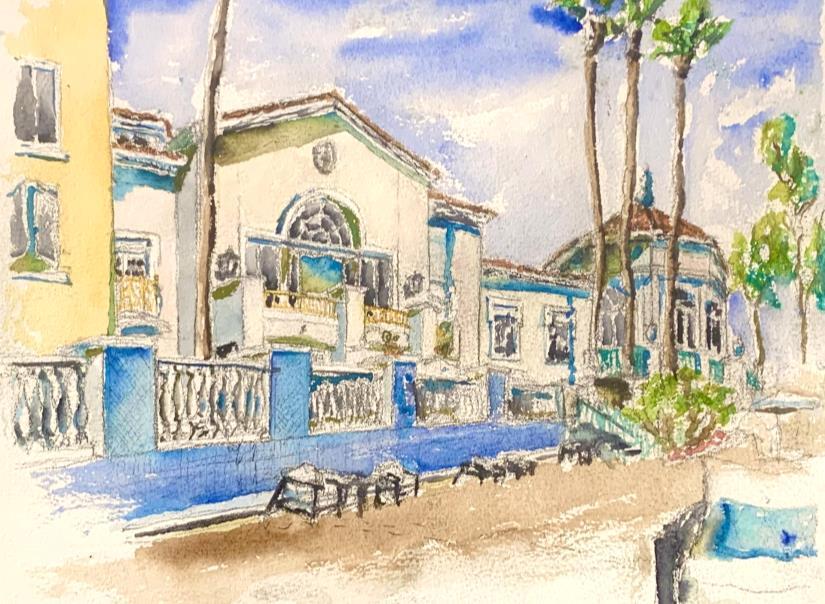
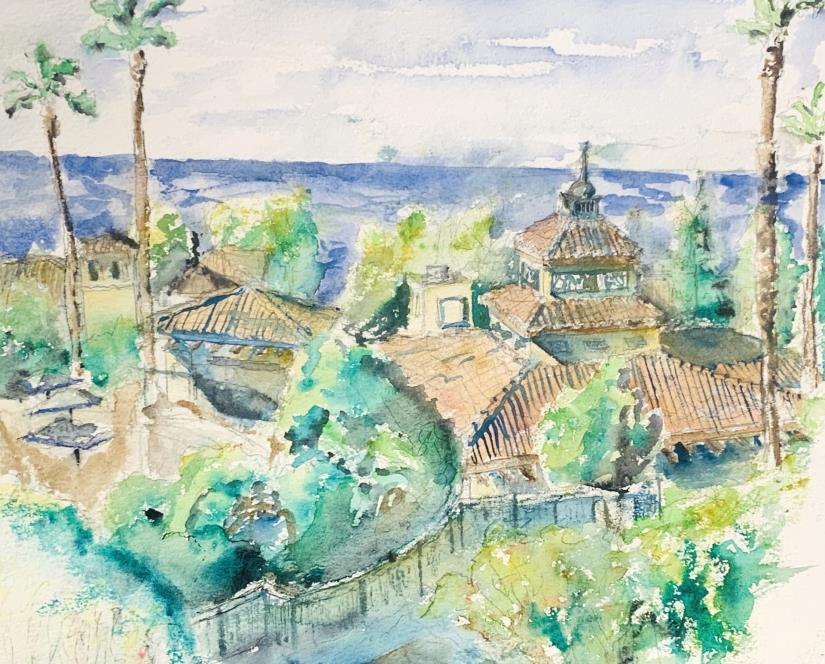







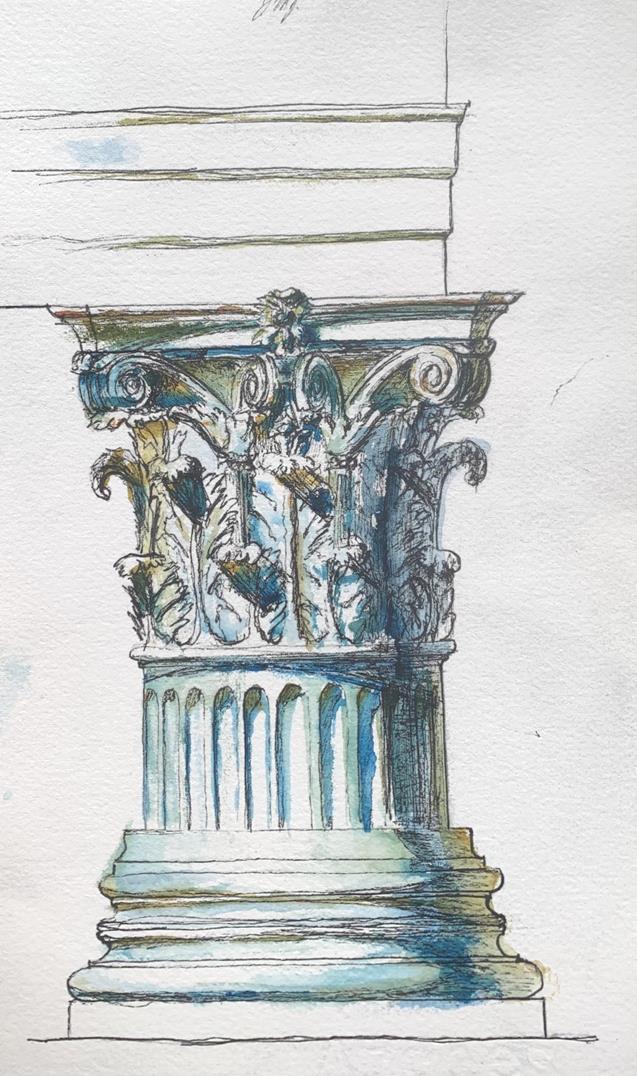

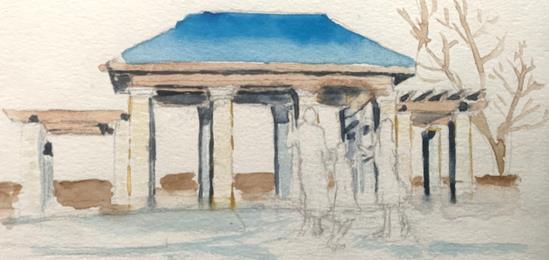




Various, Plein Air, Photograph Studies, Original Designs. Watercolor, Micron.
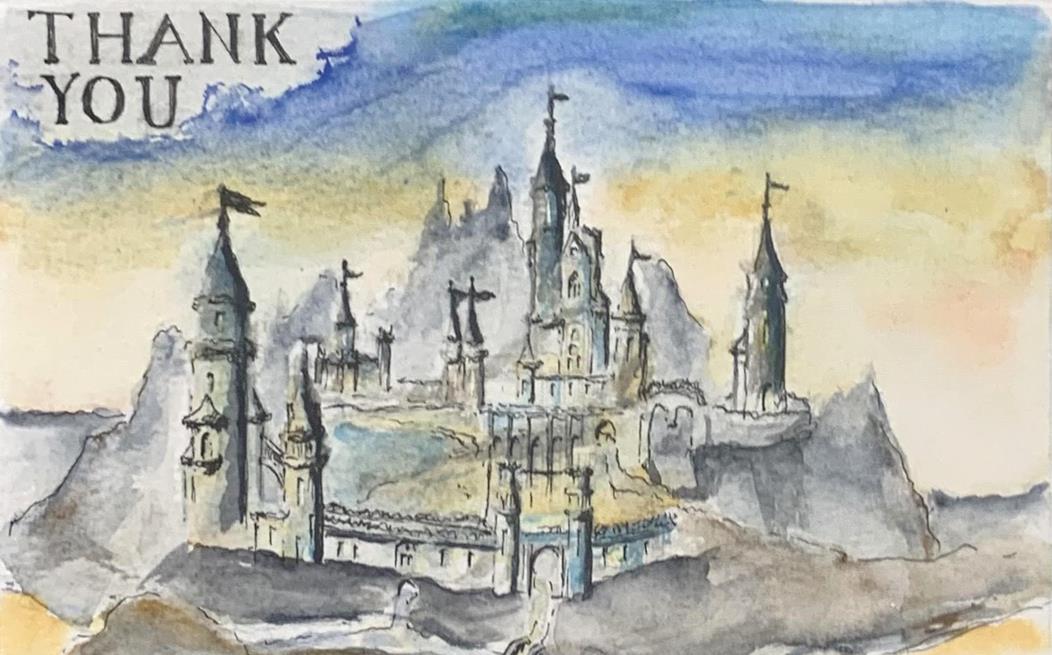
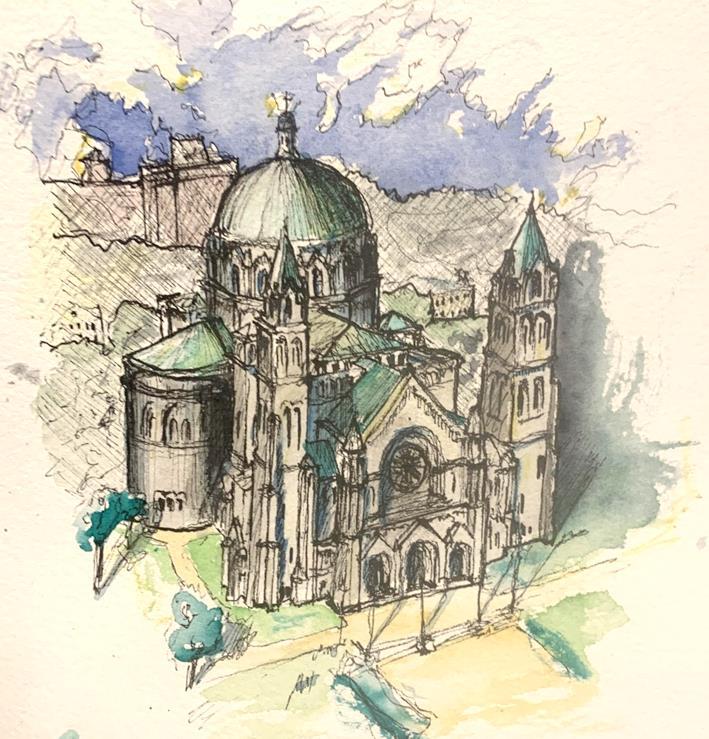
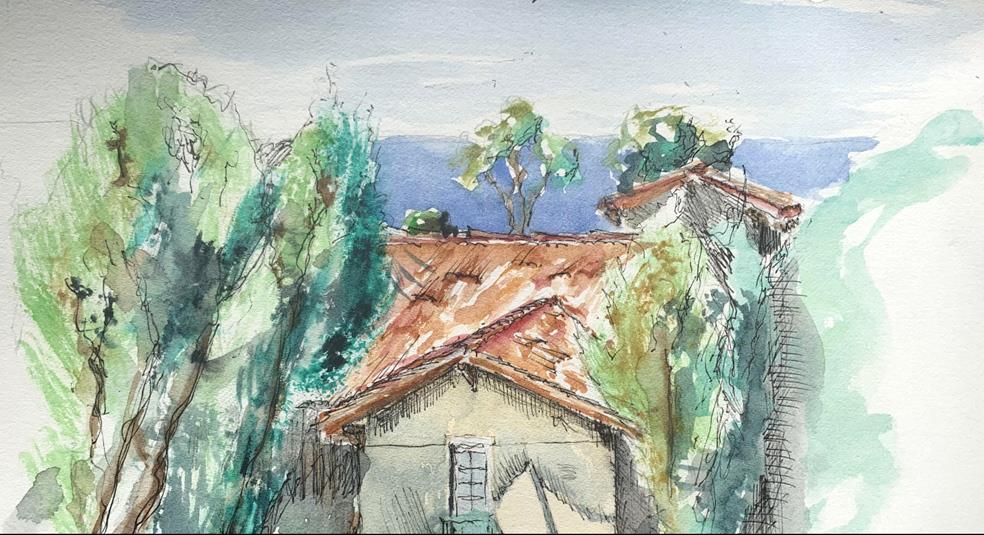





Tulsa and Clear Creek, Oklahoma, Plein Air and Photograph Studies. Watercolor, Micron.

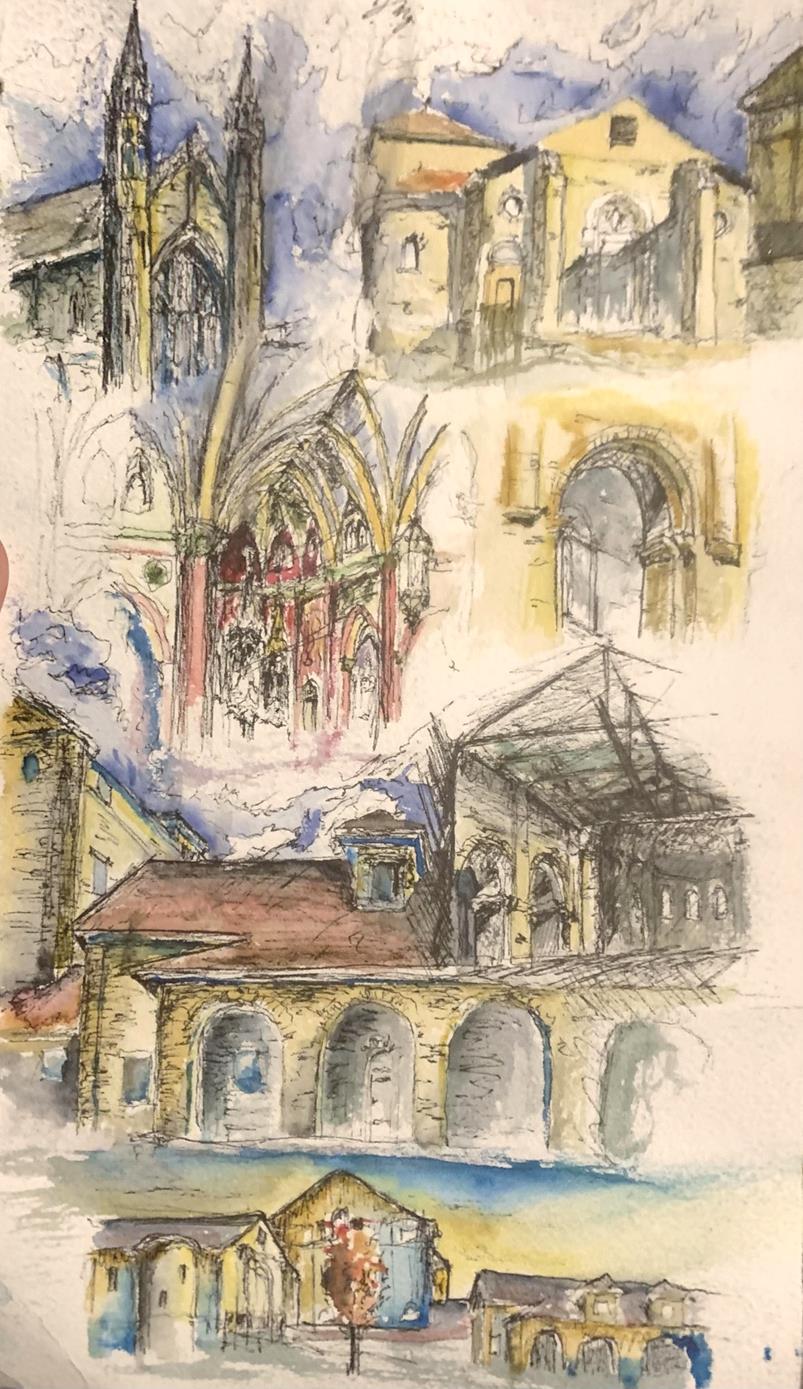



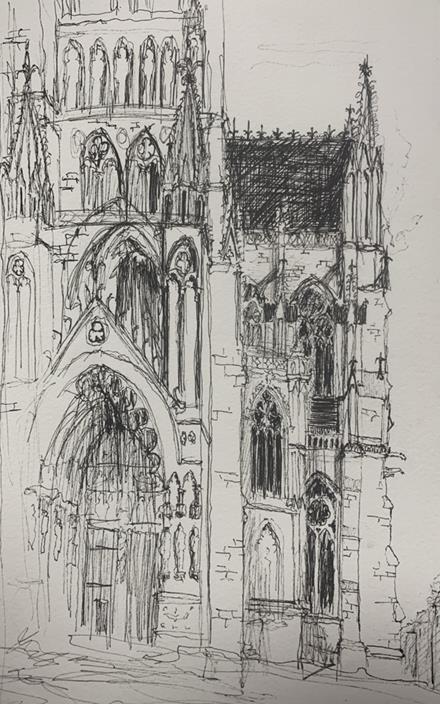
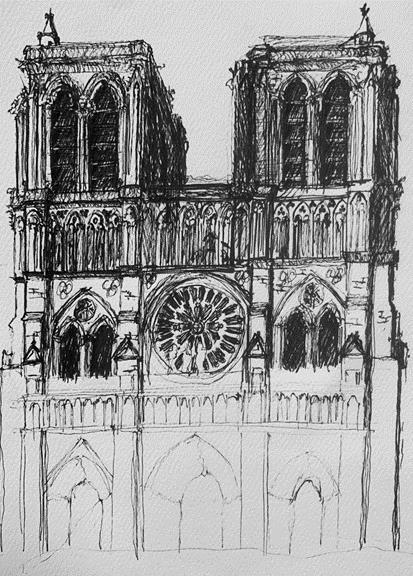

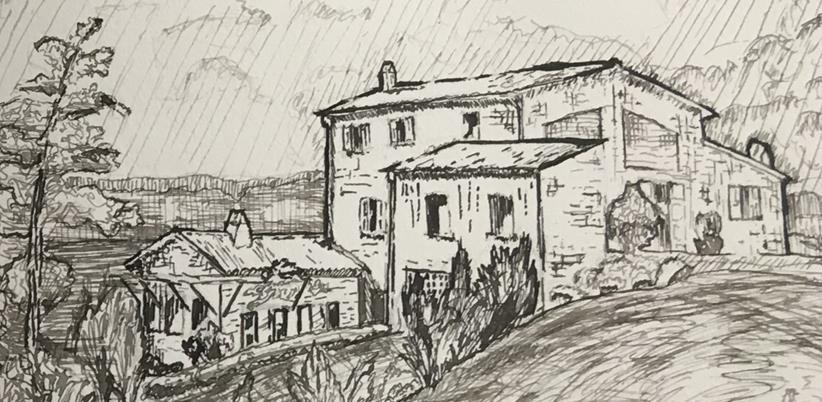








This is a selection of projects that I worked on last summer in my internship with William HeyerArchitect in Bexley, OH. This is a small selection of projects I worked on.All work included in this section is property of William HeyerArchitect LLC.Abig thank-you to William Heyer for the incredible opportunity of working this internship, where I got a lot of experience in AutoCad and Sketchup and really got to learn from some of the best.

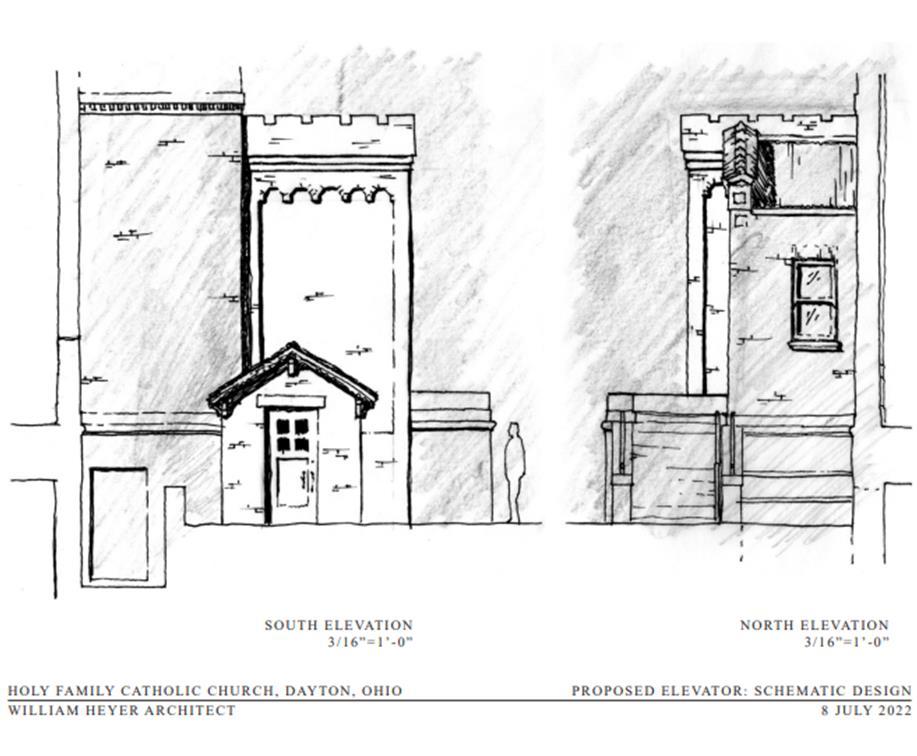




Elevator ShaftAddition. Holy Family Catholic Church, Dayton, Ohio. Elevation micron pen renderings traced over CAD drawings.
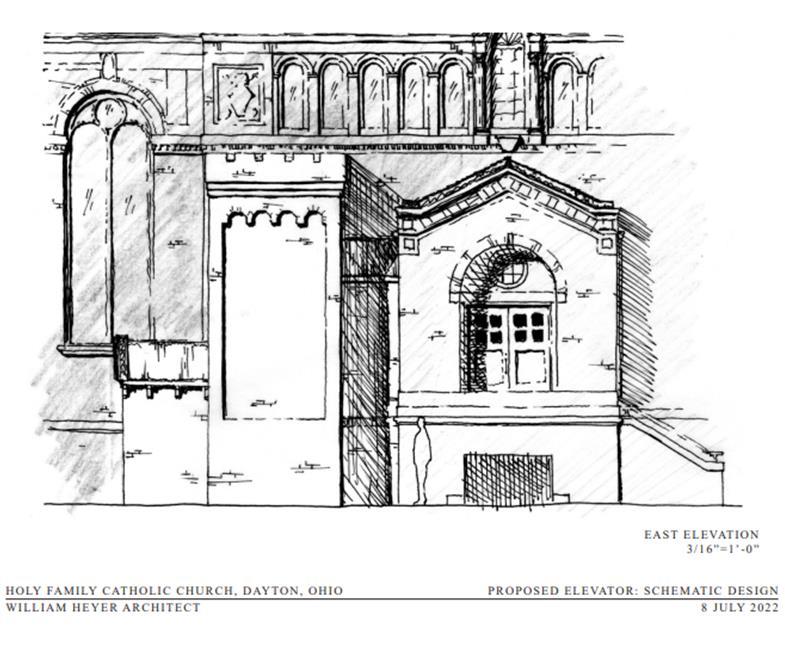




SacristyAddition. Saint Rose of Lima Catholic Church. Monroeville, Indiana. Perspective drawing of proposed addition. Micron.


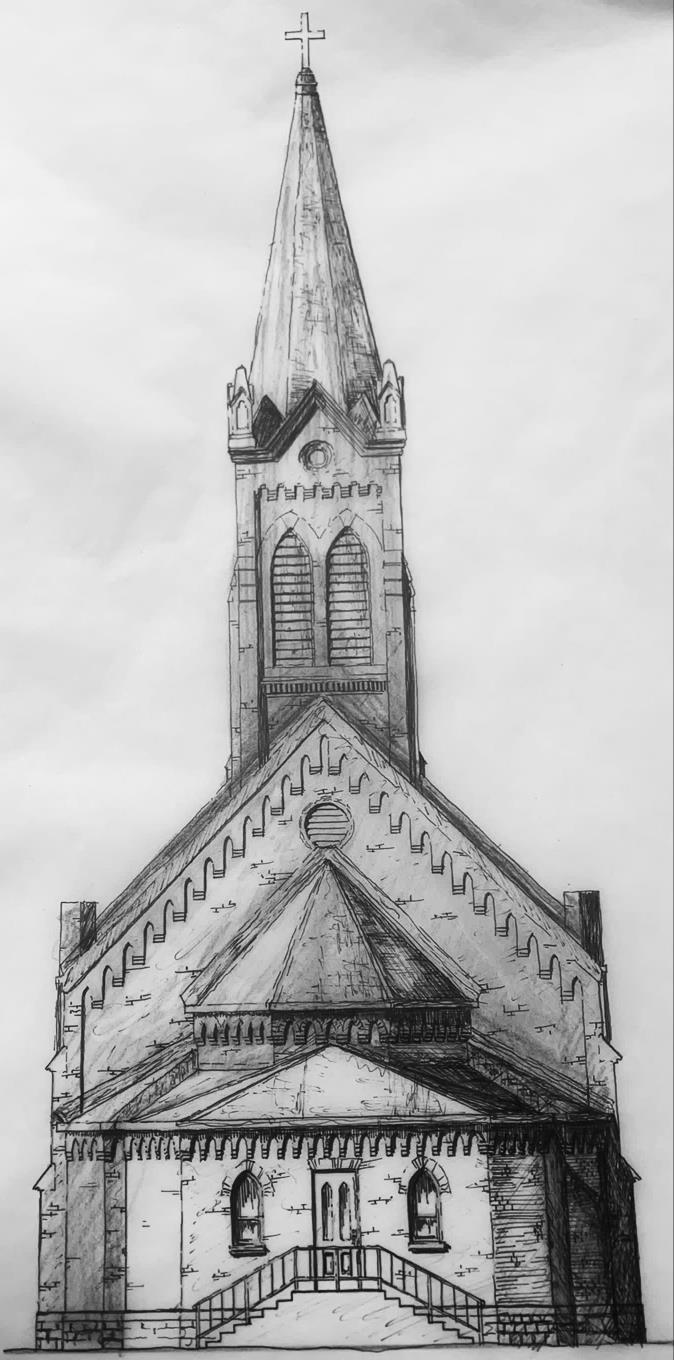








SacristyAddition. Saint Rose of Lima Catholic Church. Monroeville, Indiana.As-built drawings.







SacristyAddition. Saint Rose of Lima Catholic Church. Monroeville, Indiana.
Left:As-built floor plan CAD drawings. Right: Sacristy CAD drawings (changed after I left from the ink drawings shown on p. 50).
My brother and I are owners of a professional Minecraft build team. We do official builds for the Minecraft Marketplace by Microsoft, as well as maps for NFT Worlds and showcase maps. We also do individual commissions and lead a team of builders who do the same sorts of work. We started working there in summer of 2021 and we acquired the team fall of 2022.


